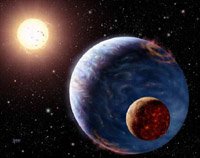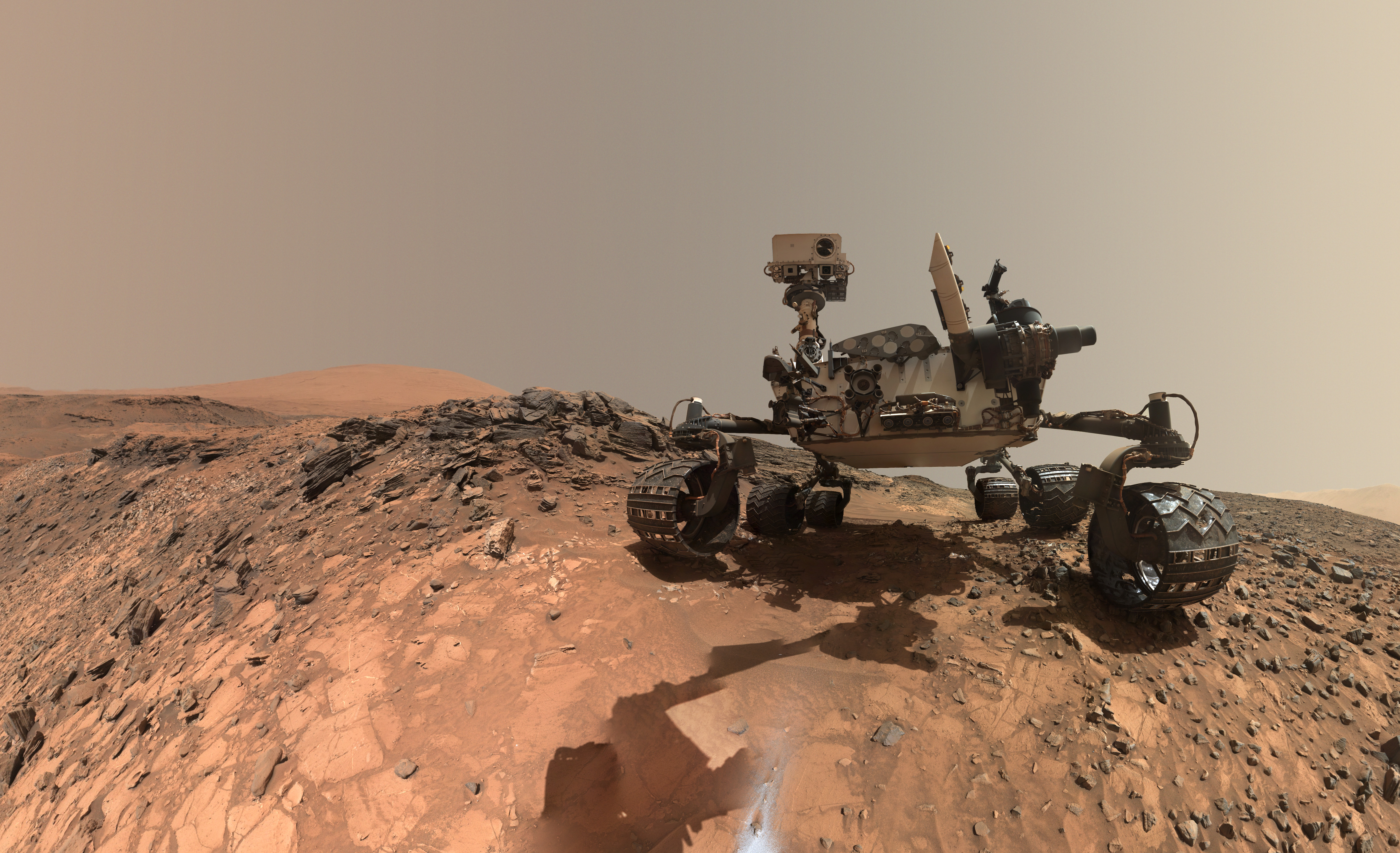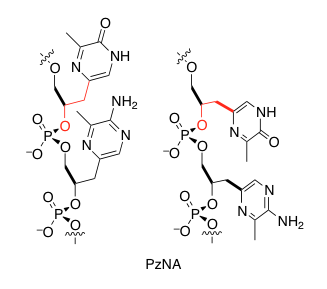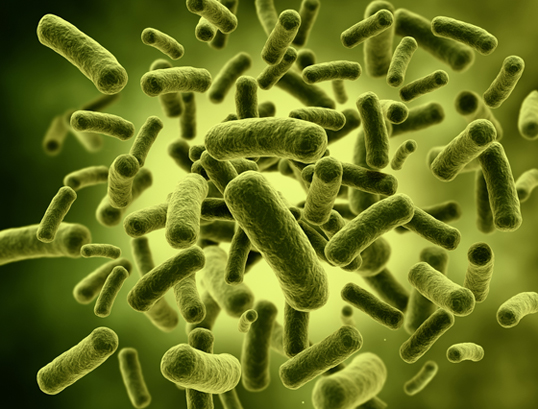
A new field of extrasolar planet characterization is emerging, which deals with the magnetic and tidal interactions between close-in giant planets ('hot Jupiters’) and their host stars. Over the past 5 years, we have been spectroscopically monitoring the chromospheric activity of stars with hot Jupiters in search of excess heating of the star’s outer atmosphere induced by interactions with its hot Jupiter. Synchronicity of the variable chromospheric emission of the star HD 179949 with its planet’s orbital period (3.09 days) is clearly seen in four out of six epochs, while rotational modulation (7 days) is apparent in the other two seasons. This on/off nature of star-planet interaction (SPI) is likely a function of the changing stellar magnetic field structure throughout its long-term activity cycle. From our sample of 13 stars, 4 exhibit SPI with an intriguing, yet tentative, correlation between short-term (night-to- night) stellar activity and the planet’s magnetic moment. This enhances the potential of using SPI as a probe of extrasolar planetary magnetic fields.
 Investigating Habitable Environments on Mars Using Orbital and Rover-Based Imaging Spectroscopy
Investigating Habitable Environments on Mars Using Orbital and Rover-Based Imaging Spectroscopy Chemical Gardens, Chimneys, and Fuel Cells: Simulating Prebiotic Chemistry in Hydrothermal Vents on Ocean Worlds
Chemical Gardens, Chimneys, and Fuel Cells: Simulating Prebiotic Chemistry in Hydrothermal Vents on Ocean Worlds The Synthesis of an Artificial Genetic Polymer: From Small Molecules to Proto-Nucleic Acids
The Synthesis of an Artificial Genetic Polymer: From Small Molecules to Proto-Nucleic Acids Quantifying Constraints on Metabolic Diversity Patterns
Quantifying Constraints on Metabolic Diversity Patterns